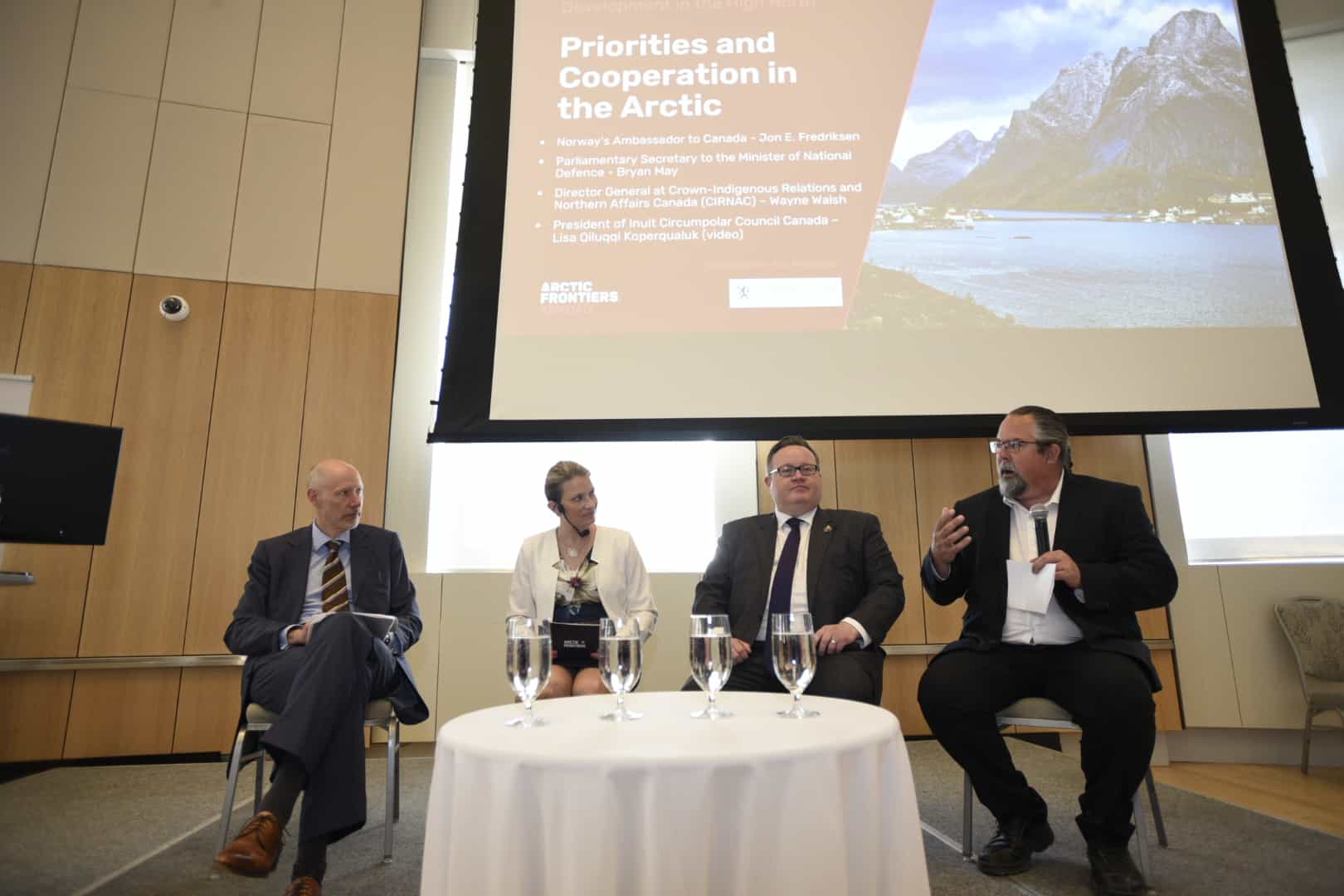
Together, Norway and Canada boast the top two longest coastlines in the world, with a combined length of 344,000 kilometres. But that is not the only thing that the two Arctic nations have in common. Both countries have unutilized potential for ocean development, and strong policy, research and business opportunities in the blue economy sector. Additionally, Norway and Canada have a strong relationship concerning sustainable management of resources, technological developments and science projects.
On the 11th and 12th of May, together with The Royal Norwegian Embassy in Ottawa we hosted a two-day conference with five panel discussions, focusing on policy, business and science developments within the two countries.
– “Canada and Norway have many shared interests. A deep connection to the coast and oceans, strive for knowledge based, sustainable development of northern regions, and location at the centre of economic development potential” explained Anu Fredrikson, as she opened the conference.
Priorities and Cooperation in the Arctic
Thursday 11th of May saw the successful handover of the Arctic Council Chairship to Norway. To open the conference, Norway’s Ambassador to Canada, Jon E. Fredriksen announced the priority areas of the Norwegian Chairship from 2023-2025, and then joined a panel discussion with Parliamentary Secretary to the Minister of National Defence, Bryan May, and Director General of Policy & Planning, Canadian Northern Economic Development Agency, Wayne Walsh. The key priority areas are oceans, climate and environment, sustainable economic development and people in the north. President of the Inuit Circumpolar Council (ICC) Canada, Lisa Qiluqqi Koperqualuk provided a video introduction where she highlighted that many of the focus areas are also priorities for Indigenous communities across the Arctic.
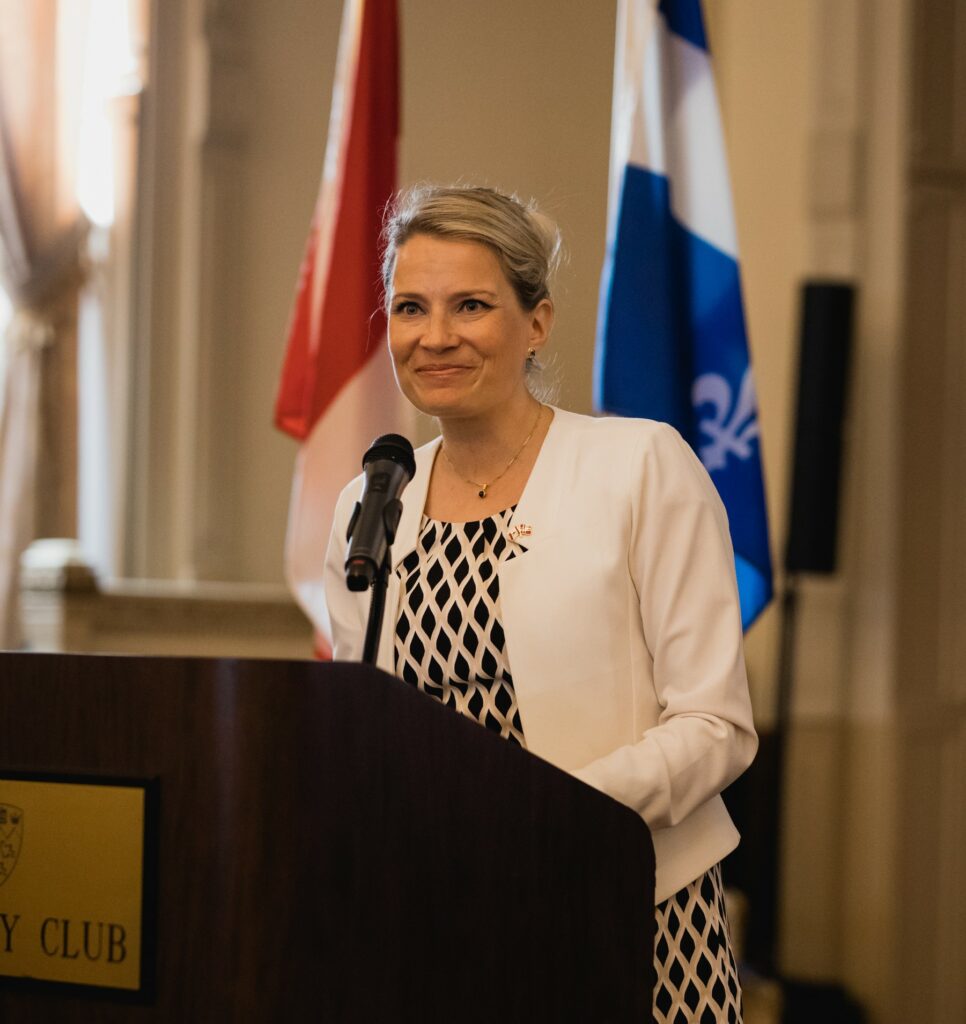
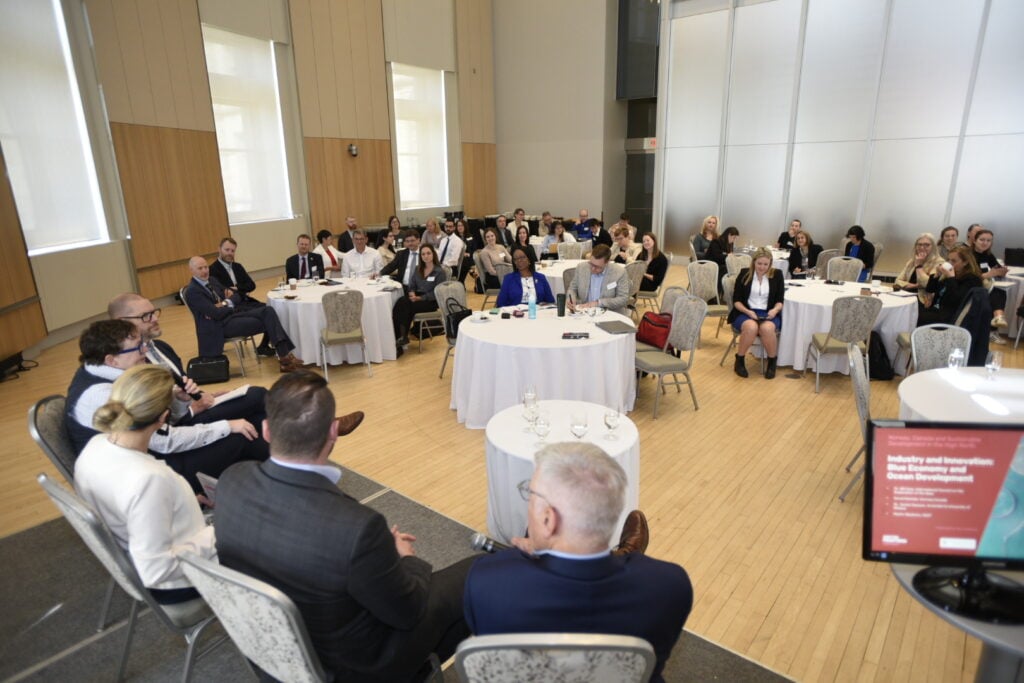
Ocean Potential and Policies
The Arctic Ocean and northern coasts are much harder to access in Canada than in Norway, and the North Atlantic and Pacific Oceans play an important role in the blue economy of Canada. Policies and regulations which control developments in fields such as fishing and shipping have both positive and negative consequences, and some of these were highlighted by Professor Jackie Dawson, University of Ottawa, and David Kiemiele of Cermaq Canada. National policies provide incentives to develop ocean businesses further whilst global treaties aim to protect the oceans. International cooperation is crucial for balancing development and protection of the ocean.
Ocean research is a key area of international cooperation between Canada and Norway, with numerous joint projects underway related to sea ice investigation, climate change observations and biodiversity mapping. Global and local challenges, both related to climate change and business development, can look very different. Which is why it is crucial to bring all people to the table for discussions and involvement in scientific research. Professor Philippe Archambault outlined how the integrative network, ArcticNet, connects scientists with local Inuit communities in northern Canada and creates science-policy interactions. Technology development and applying remote sensing techniques to the ocean sector can provide solutions for science, research and blue economy, outlined Martin Skedsmo from KSat.
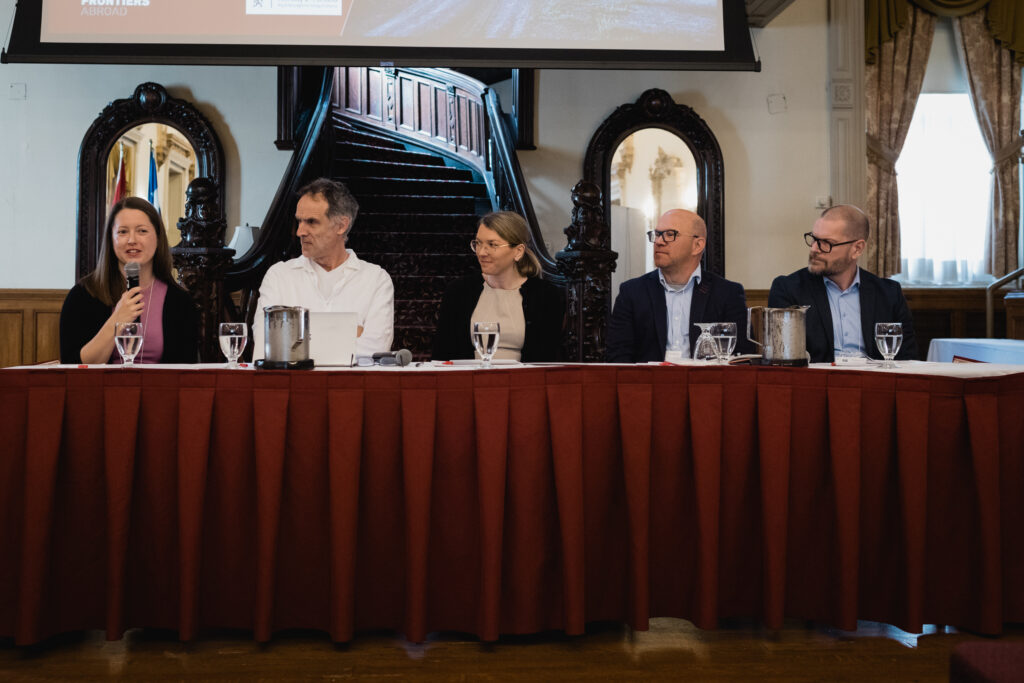
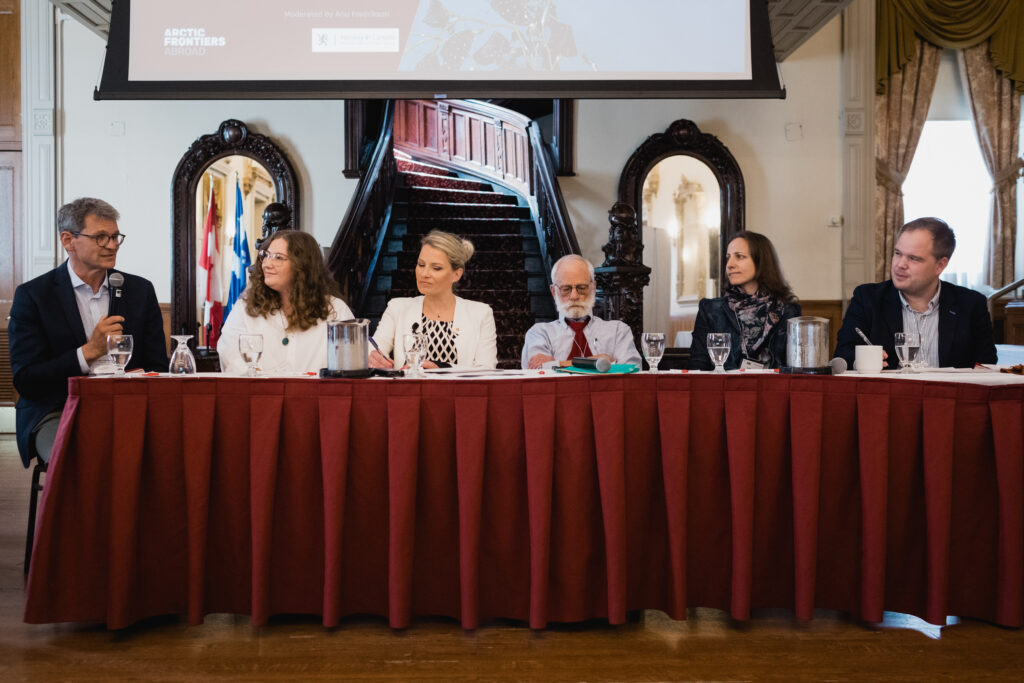

Consultation. Not just Conversation
Norway and Canada are seeing land-based business development in northern and Arctic regions, which can bring skilled workers to the area and create local value chains. However, challenges remain in terms of where this development takes place and by whom. Consulting with Indigenous communities before projects begin can ensure local benefits and mitigate tension, outlined Crystal Martin, former president of the National Inuit Youth Council. In Northern Norway, new developments in the green battery sector are providing jobs for over 2000 people, which provides incentives for migration to the area. However, social development, housing and education are still crucial for ensuring those skilled workers remain in the north, as is also the case in the Yukon, Canada. At the University of Bergen, students are provided a holistic education, with interactions with industry professionals and lectures on innovation, technological developments and communicating with different stakeholders.
Whilst Canada and Norway face different challenges in both ocean- and land-based developments, what connects the two countries is far greater than what separates them. ‘We stand stronger when we collaborate with our partners and friends across the borders’, said Anu Fredrikson. Bringing together scientists, policy makers, local community leaders and business representatives from across different sectors can ensure sustainable development of the future Arctic.

For more photos from the event, please see here.
Photo credit: Cynthia Munster for the Canadian Museum of Nature and Ella Mack for McGill University.